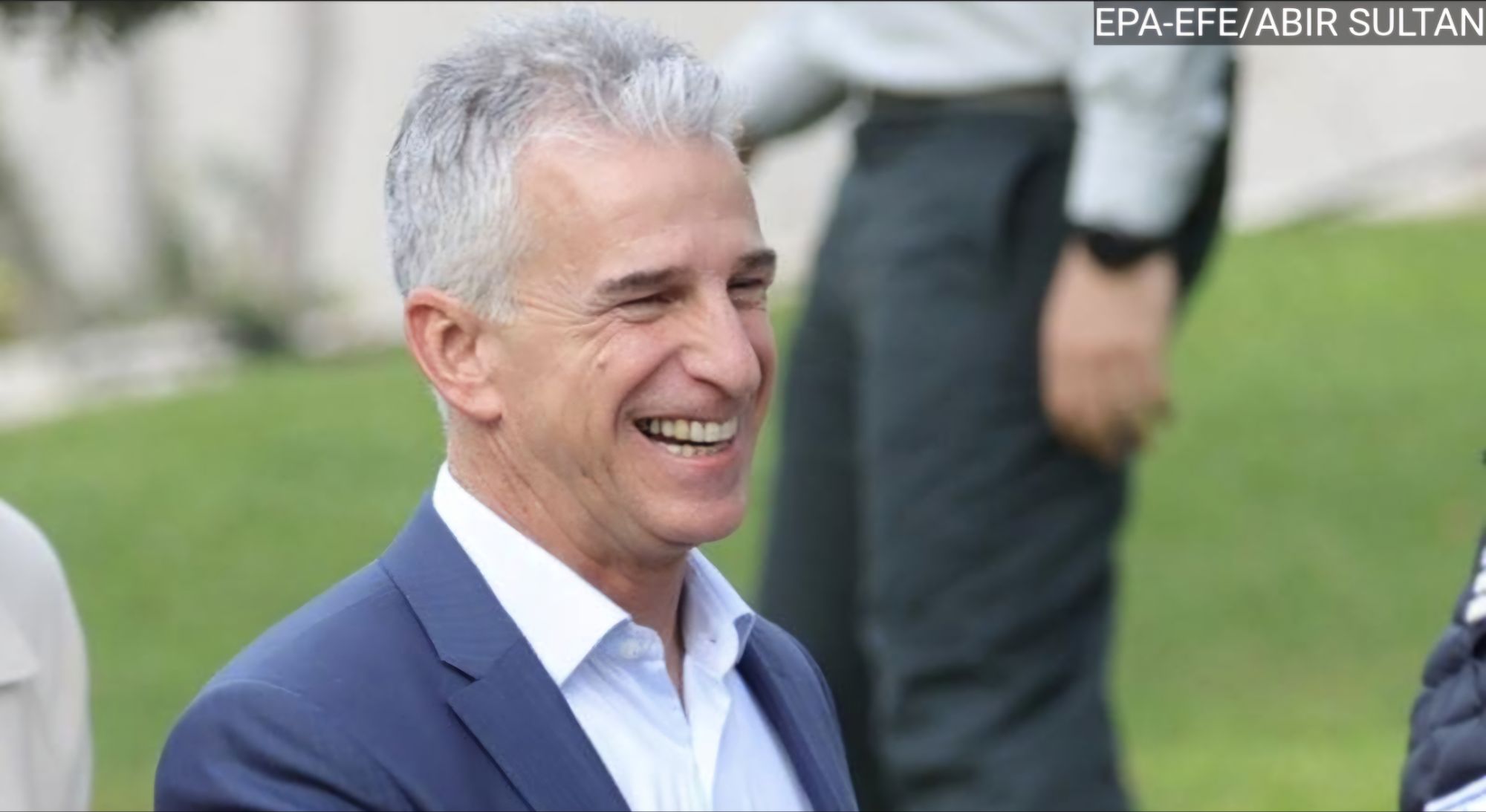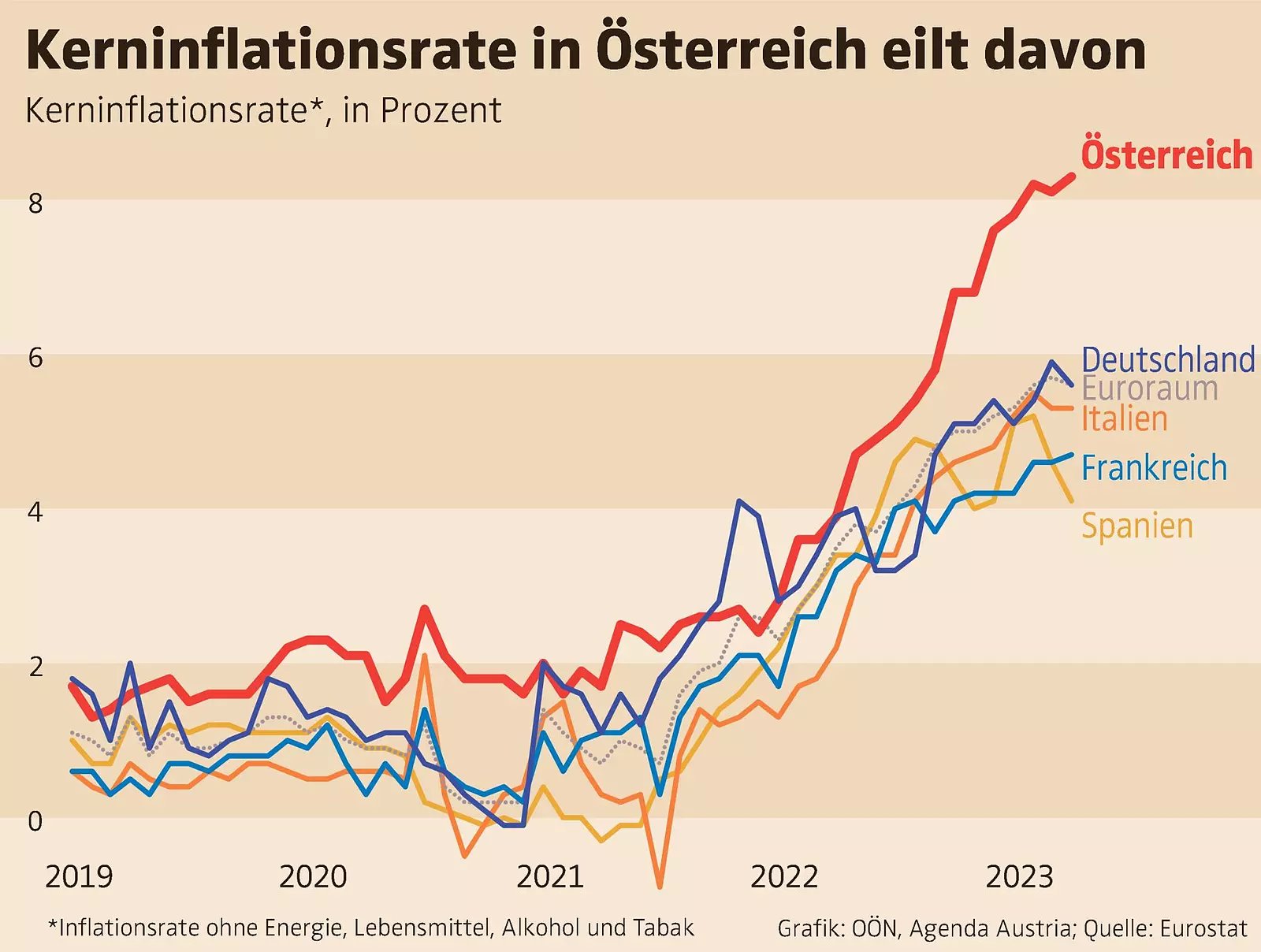The scene is devastating yet poignant. Thousands of Gaza residents sift through mountains of rubble, tracing the outlines of the neighborhoods they once called home. Among the destruction, emotions run high—tears of despair mingle with fragile hopes of rebuilding, contingent on the elusive promise of a lasting ceasefire.
But this hope is tenuous. Former U.S. President Donald Trump reflected on the situation, saying, “I think it will be difficult for the silence of the guns to last.” After four days of relative calm, the faint signs of normalcy are emerging: children cautiously play in the ruins, while women attempt to restore some routine, cooking in the open streets.
Amidst the despair, glimmers of optimism shine through in the form of humanitarian aid. In a rare logistical success, hundreds of aid trucks have entered Gaza: 600 on the first day of peace, and 900 on the next. The steady flow of food, water, and medical supplies is a small but crucial lifeline for those clinging to survival.
Yet, an unexpected development has added complexity to the fragile situation. Hamas, long labeled a terrorist organization by many nations, has resurfaced visibly in the battered enclave. Armed patrols in 4×4 vehicles now navigate Gaza’s ruins, providing directions to displaced residents and coordinating access to aid distribution points. This visible control underscores their enduring influence in the territory.
The reemergence of Hamas was anticipated after the temporary six-week ceasefire agreement took effect. However, uncertainty looms—if fighting resumes, its members are likely to fade into the shadows once again. For now, they remain an omnipresent force in a city of shattered lives and crumbled dreams.
Amidst the chaos, another fragile hope persists: the potential release of hostages. In Israel, families endure an agonizing wait for news of their loved ones. Meanwhile, the Israeli government has permitted around 50 severely injured Hamas fighters to cross the Rafah border daily for medical treatment in Egypt, as a gesture of humanitarian aid. Still, skepticism lingers. Israeli analysts caution that the second phase of the ceasefire agreement may falter, leaving the region teetering on the brink once more.






















